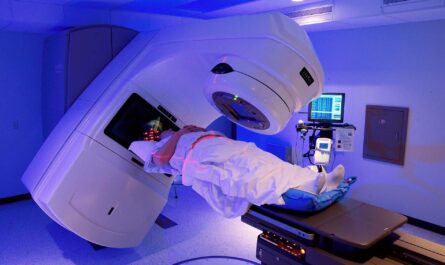
Managing a dental practice requires keeping track of numerous tasks from scheduling appointments to billing patients and managing insurance claims. With the advancement of technology, dental practice management software has emerged as an invaluable tool for streamlining operations and improving efficiency. This article examines how such software benefits dental offices.
Scheduling and Calendar Management
One of the primary functions of dental practice management software is handling scheduling and appointments. The software allows offices to view schedules across providers on a calendar view making it easy to book and manage appointments. Patients can book appointments online through a public calendar that syncs with the office system. This saves time spent booking over the phone and reducing no-shows. The software also handles reminders for patients and staff.
Patient Records and Charting
Digitizing patient records is a major benefit of dental software. All patient information like medical history, treatment plans, notes, X-rays and more can be stored electronically. This allows easy access from any computer in the office. Electronic records also save physical storage space. Treatment charts can be updated in real-time during procedures. Paperless charting streamlines documentation and billing processes.
Billing and Accounts Receivable
Managing billing, insurance claims and accounts receivables is simplified with built-in billing modules. Software automatically generates statements and invoices. Insurance eligibility can be verified online. It tracks unpaid claims and balances to improve cash flow. Statements can be emailed to patients for a greener office. Payment processing is simplified with integrated credit card terminals or payment gateways. Bank deposits and accounting is automated.
Reporting and Analytics
Valuable practice reports on production, case acceptance, insurance analyses can be generated with a few clicks. This helps identify trends, revenue opportunities and Areas needing improvement. Quarterly or annual comparisons are easy. Details on top customers, seasonal patterns etc. help boost efficiency and marketing strategy. Analytics from patient reviews and online bookings provide actionable insights.
Integration with Imaging Software
Modern software integrates seamlessly with imaging platforms to provide a full digital workflow. Scanned documents and X-rays synced with charts eliminate duplicated entries. This streamlines record retrieval internally or while consulting specialists. Doctors can view and annotate images directly from charts during or after procedures to document findings. This improves accuracy of notes.
Inventory Management
Managing dental supplies, materials and equipment inventory is important to avoid stock-outs or overstock. Software maintains item master catalogs. Automatic replenishment alerts maintain optimal stock levels. It tracks consumption and aids reordering. This saves significant time spent on manual inventory tasks. Value analysis and supplier performance tracking is possible.
Improved Communication
Built-in messaging systems allow staff to communicate instantly and collaborate better. Documents and images can be shared internally. Patients receive reminders, educational materials and post-op instructions via their portal. This two-way digital communication bolsters patient experience and outcomes. recall postcards are digitally sent. Practice updates like newsletters are easily emailed to large subscriber bases. Automated messages reduce follow up phone calls.
Return on Investment
While upfront software costs exist, the long term returns make it worthwhile for dental practices. Savings from reduced paperwork, improved collections, staff optimization and cost control add to the bottom line. Doctors spend less time on non-clinical tasks and see more patients resulting in higher production. Analytics help finetune strategies for improved profitability justifying the investment. Cloud-based solutions are subscription based with no upfront hardware costs either.
Conclusion
In today’s technology driven world, dental software has become invaluable in managing modern practices effectively. From scheduling to billing to inventory to communication, it streamlines and integrates significant operational processes. This translates to increased efficiency, revenue, and improved patient and staff experience. As tools become more versatile, their adoption will only rise among forward thinking practices. Overall, it’s clear that practice management software signifies the future of dentistry.
*Note:
- Source: Coherent Market Insights, Public sources, Desk research
- We have leveraged AI tools to mine information and compile it


